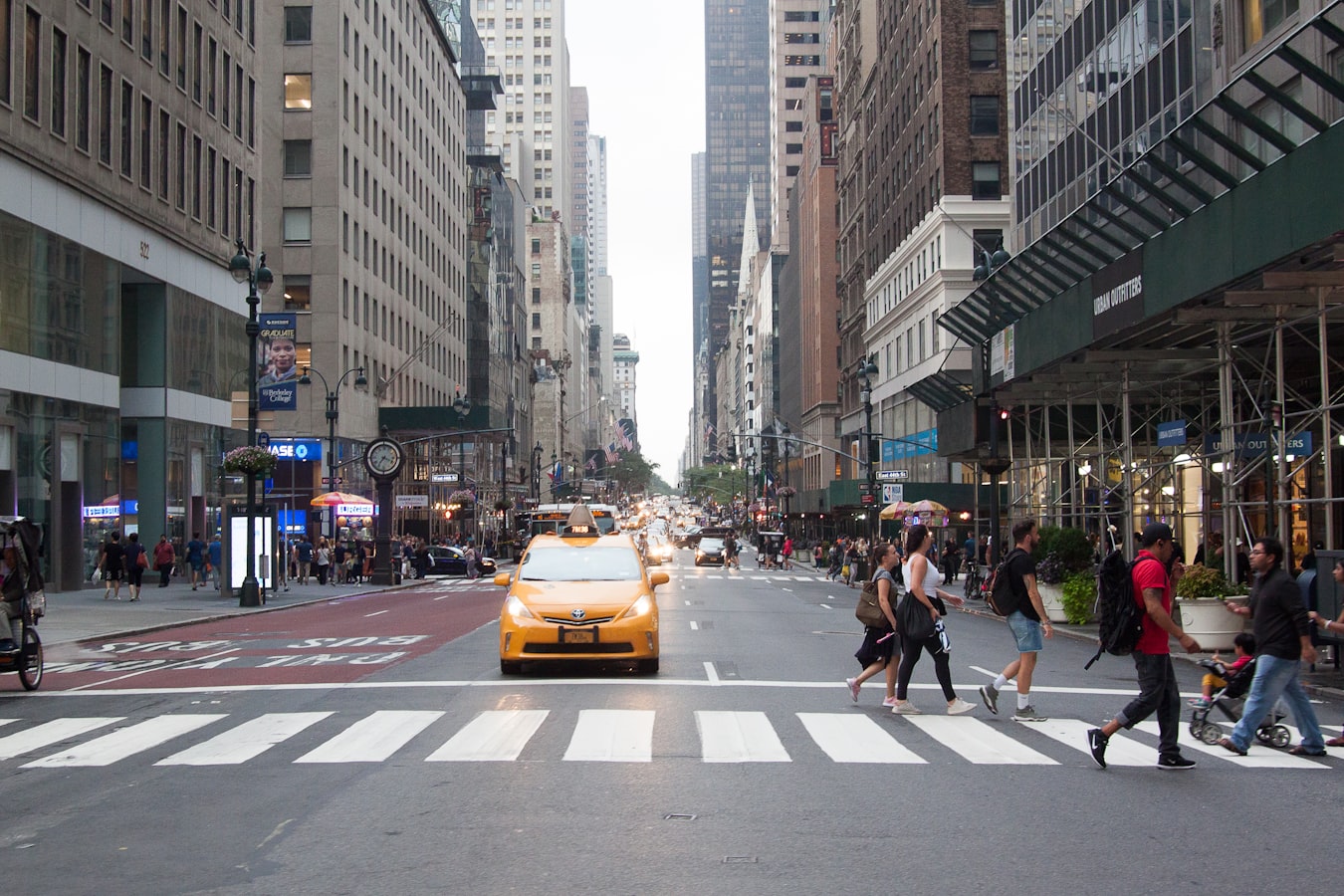
Pedestrian deaths account for up to one-third of annual road fatalities in South Africa, according to the Automobile Association. The need for more advanced technologies to prevent vehicles from hitting people is gaining urgency among road users. Because of this, carmakers across the globe are developing various tech systems that will help reduce the risk of road accidents. To learn more about what’s going on in the industry, below are some of the latest automotive safety developments that enhance pedestrian safety.
Tracking and Onboarding Systems with Telematics
Telematics is gaining popularity in the automotive sector for all the right reasons. It involves using GPS tracking systems and onboard diagnostics. The systems record speed, location, risky driver habits, and road conditions. It integrates blind-spot detection, automatic braking, rearview cameras, and lane-keeping assist systems in a vehicle. This gives drivers essential insights that can help prevent potential problems such as knocking pedestrians. The tech features used in telematics can transform any model into a connected car and improve motorists’ driving behavior.
Also, telematics simplifies accident claim processes by providing accurate data on vehicle speed, collision impact, location, and mileage. Given pedestrians and motorists disagree on how an accident occurred, a personal injury lawyer can refer to telematics to gather evidence of the crash. With detailed accident information obtained from this system, both insurers and car accident lawyers can negotiate and agree on a fair claim settlement. Likewise, drivers can access telematics data and improve driving habits to prevent accidents.
Vehicle-to-Pedestrian (V2P) Communication
V2P is a tech system that uses onboard sensors to enable communication between vehicles and nearby pedestrians. The in-car system and handheld devices are the two main protocols of the vehicle-to-pedestrian system. They help to identify road users accurately and warn the driver. The advanced driver assists systems, such as blind-spot detection and forward-collision warning systems, for instance, detect jaywalkers and cyclists using crosswalks on a busy road.
These components then send a notification to the driver to avoid a possible collision. Moreover, modern vehicles can locate jaywalkers around them by communicating with pedestrian’s smartphones.
Automatic Emergency Braking System
The advanced automated or autonomous emergency braking system relies on radar and cameras to detect jaywalkers who are not visible to the driver within a radius of up to 20 meters. The system can also spot walkers and cyclists through a cloud of steam emitted from vents along pavements. It will then activate the brakes to immediately stop and prevent the car from striking a pedestrian.
Vehicle-to-everything technology is another essential safety feature that enables cars to communicate with each other and nearby road infrastructures. It reduces pedestrian accidents by sharing traffic conditions with vehicles, traffic lights and signs, and pedestrian’s handheld devices. The shared information is then sent to the driver’s smartphone or in-car display system to create awareness of potential dangers. As a result, drivers can make quick decisions to avoid accidents. This way, pedestrians and other vulnerable road users can stay safe on the roads.
